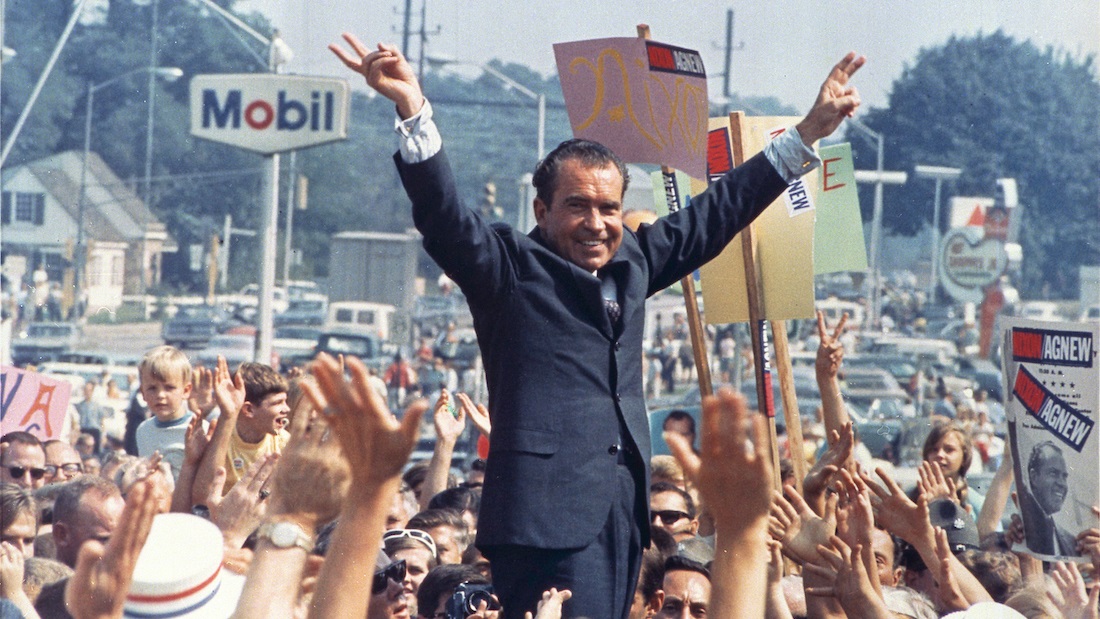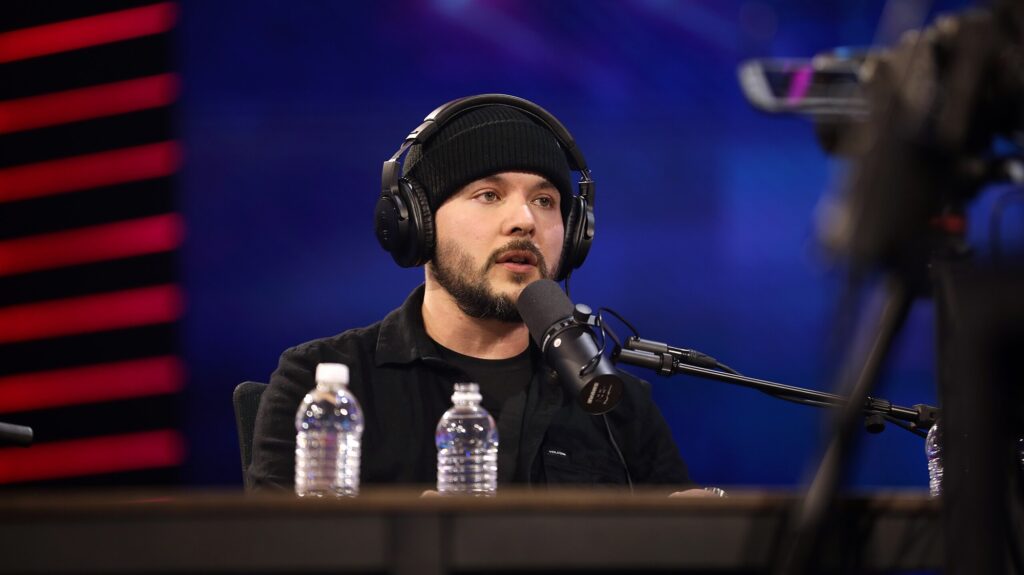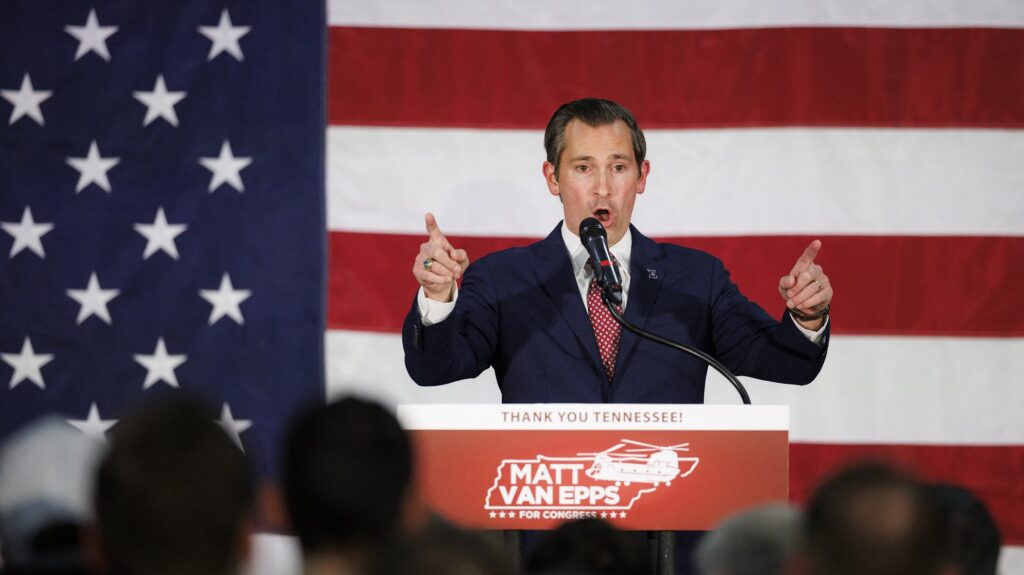The 60th quadrennial presidential election in the United States is in four weeks, less than a month away. As the campaign season is heating up, let’s take a look at the election of 1968, the last time the incumbent President decided not to run for re-election despite not being term-limited, just like President Joe Biden did this year.
As the 2024 election is fast approaching, we need to make a big jump in American history, skipping from 1932 to 1968. Evidently, there are a lot of events we have to jump over, here’s a list of just the most significant ones: the United States entering World War II in 1941 after the Pearl Harbor attack, then winning it on the side of the Allied Forces in 1945 after becoming the first nation to develop an atomic bomb; the end of the Great Depression and the subsequent baby and economic boom; television becoming widespread in American households and becoming a crucial campaign tool, the start of the Cold War between the capitalist West and the communist East; and the assassination of a sitting US President.
As for less exciting, electoral procedural developments, two major changes had occurred in that time period. The inauguration of the new President was moved from March to 20 January, as it is today, in 1937. Also, the 22nd amendment was passed and ratified by Congress in 1951, so now the President is forbidden from seeking a third term by law.
As for the last event on that list, John F. Kennedy became the eighth US president to die in office and the fourth to be assassinated on 22 November 1963. He was riding in a motorcade in an open-top convertible through Dallas, Texas, gearing up for his re-election campaign in the next year. A warehouse worker named Lee Harvey Oswald shot him in the head with a sniper rifle from the sixth-floor window of the nearby book depository. This is one of the most disputed events in American history.
While there is little doubt that it was Oswald who shot the President, it is actually a minority of Americans who believe he acted alone, as per the official findings. Some believe it was the CIA, some that it was the Italian mob, and some that it was the communists who pushed Oswald to commit the act. Meanwhile, others believe that there even was a second shooter on the scene.
Either way, the tragic death of the young, handsome, and charismatic President gave the Democrats a lot of goodwill among the American public. Vice President Lyndon B. Johnson, the former Senate Majority Leader from Texas, ascended to the presidency upon President Kennedy’s death.
Under President Johnson’s watch, the Civil Rights Act was passed by Congress in 1964, ensuring that black Americans' rights are protected everywhere within the Union, and officially ending segregation in the country. Furthermore, his Great Society initiative expanded welfare programmes.
All this led to Lyndon B. Johnson’s landslide victory in 1964, carrying 44 out of the 50 states, and winning a whopping 61.1 per cent of the popular vote. What is interesting in this election is that Republican Barry Goldwater won the deep South states, which had been traditionally Democrat strongholds until then. Senator Goldwater from Arizona opposed the Civil Rights Act on anti-federalist principles, which appealed to the racist white voter base that had been voting Democrat before.
'Under President Johnson’s watch, the Civil Rights Act was passed by Congress in 1964, ensuring that black Americans' rights are protected everywhere within the Union, and officially ending segregation in the country'
After such an election, some may have even thought that the Democrats were heading to another era of domination like under President Franklin D. Roosevelt. However, that turned out to be very far away from the truth.
The Cold War proxy war in Vietnam between the Soviet-backed, communist North and the US-backed, capitalist South escalated to the point where the Johnson administration started to deploy combat forces in 1965. At the same time, the strong anti-war, socially liberal, communist-sympathizer hippie movement started to spread across the nation, turning the youth against President Johnson. Wherever President Johnson was going, he was greeted with the infamous chant, ‘Hey, hey, LBJ, how many kids you killed today?’.
Also, George Wallace, the Governor of Alabama broke away from the Democratic Party, forming the new American Independent Party, and thus taking with him the old Democrat voters who were not happy about the civil rights advancements pushed by a Democrat president.
Furthermore, the assassination of reverend and civil rights activist leader Martin Luther King Jr in 1968 sparked a series of race riots in major cities. In June, another major political figure, Former Attorney General Robert F. Kennedy, the brother of President John F. Kennedy, was also killed. He was campaigning for the Democratic nomination for President in Los Angeles, California.
Under these circumstances, Johnson performed very poorly in the New Hampshire primary (which were not legally binding at the time), only winning by a couple of points despite being the incumbent President. This ultimately led to the President announcing that he would not be seeking reelection on 31 March 1968.
The 1968 Democratic National Convention in Chicago, Illinois showcased a level of chaos that had not been seen in a long time in the US. With no candidate being the clear favourite to clinch the nomination, the convention was marred by violent clashes between the police and protestors. Ultimately, the sitting Vice President Hubert Humphrey from Minnesota emerged as the Democratic nominee.
On the Republican side, former Vice President Richard Nixon made an unlikely comeback. He lost one of the closest presidential elections in American history to JFK in 1960. Then, in an attempt to revive his political career, ran for Governor in his home state of California in 1962, but unexpectedly lost yet again. Despite all that, he managed to convince enough delegates to vote for him at the Republican National Convention to get himself the nomination.
And it seemed that choice was the right one for the Republican Party. Running on a ‘law and order’ platform, Nixon led the polls by a wide margin—up until just a little over a month away from the election. On 30 September, in a completely unexpected turn of events, Vice President Humphrey turned against his own President, and announced that if he were to win, he would stop the bombing of North Vietnam. The polls suddenly tightened.
President Johnson came around on the issue, and announced the halting of all bombardment of North Vietnam by the US Air Force on 31 October, giving another boost for the Democrats. The big question was: will Nixon lose a tight race again, and be forever branded as one of the great serial losers in American history?
Remembering 1968: The return of Richard Nixon
Richard Schlesinger looks back at the hard-fought race for the presidency in the turbulent year of 1968, when President Johnson withdrew from seeking re-election, and Richard Nixon - following losses in runs for the White House and the California Governor's Mansion - won the Republican presidential nomination and, ultimately, the presidency.
No, he did not lose: although narrowly, Nixon ended up pulling through. He won 43.4 per cent of the popular vote, beating Vice President Humphrey by just 0.7 points nationally. However, the Electoral College was a lot less close, with Nixon getting 301 electoral votes against Humphrey’s 191. Governor Wallace carried the deep South this time, not the Republicans, getting 46 electoral votes and 13.5 per cent of the popular vote. He remains the last candidate not from the two major parties to win a state in a US presidential election.
Related articles:







